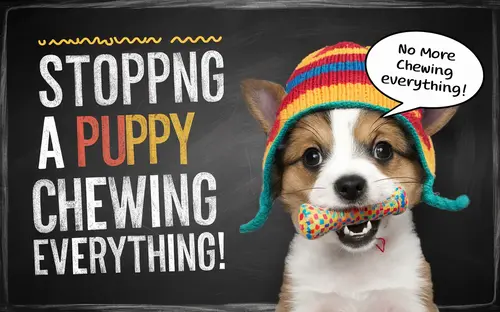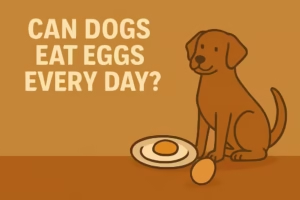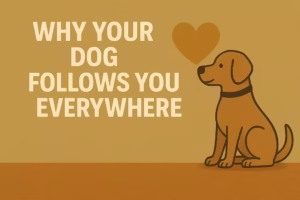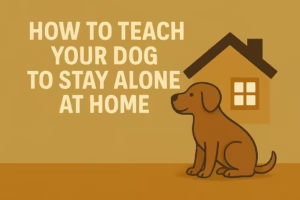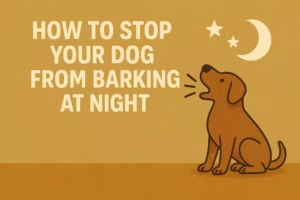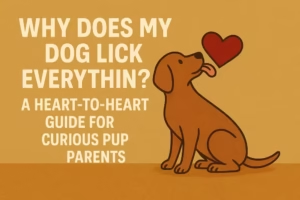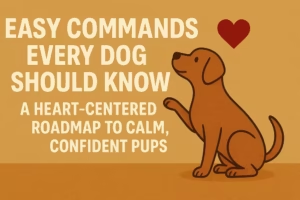Chewing is a natural behavior for puppies, and it’s essential for their development. It helps them explore their surroundings, relieve teething discomfort, and burn off excess energy. However, this instinct can quickly become problematic if your furry friend starts chewing on household items, furniture, or even your favorite pair of shoes.
Why Do Puppies Chew?
There are several reasons why puppies chew:
- Teething: Puppies experience intense discomfort when their adult teeth start to come in, typically between 3 and 6 months of age. Chewing helps alleviate the pain and pressure in their gums.
- Exploration: Puppies use their mouths to investigate and learn about their environment. Chewing is a way for them to satisfy their curiosity and understand the world around them.
- Boredom: If puppies aren’t provided with enough stimulation, exercise, and appropriate chew toys, they may turn to chewing on inappropriate objects out of sheer boredom.
- Attention-seeking: Some puppies may chew on items to get their owner’s attention, even if it’s negative attention.
Puppy-Proofing Your Home
Identify Potential Chewing Hazards
The first step in preventing your puppy from chewing everything is to identify and remove potential chewing hazards from their reach. Go through your home and look for items that your puppy might find tempting to chew on, such as:
- Electrical cords
- Remote controls
- Shoes
- Furniture legs
- Books and magazines
- Houseplants
- Children’s toys
Create a Safe Chewing Zone
Establish a designated chewing area for your puppy, where they can safely explore and chew on appropriate toys. This area should be puppy-proofed and stocked with a variety of chew toys that are safe, durable, and appealing to your pup.
Some great chew toy options include:
- Rubber toys (like Kongs or Nylabones)
- Rope toys
- Puzzle toys filled with treats
- Frozen toys (fill a rubber toy with peanut butter or yogurt and freeze it)
Rotate the toys regularly to keep your puppy engaged and prevent boredom.
Training and Positive Reinforcement
Teaching the “Leave It” Command
One of the most effective ways to curb your puppy’s chewing habits is to teach them the “leave it” command. This command helps your puppy understand that they should not touch or chew on certain objects.
Here’s how to teach the “leave it” command:
- Hold a treat in your closed hand and let your puppy sniff and try to get it.
- When your puppy backs away or stops trying to get the treat, say “leave it” and reward them with a different treat from your other hand.
- Gradually increase the difficulty by placing the treat on the ground, or by using a more tempting object.
- Consistently reward your puppy when they obey the “leave it” command.
Redirecting Chewing Behavior
If you catch your puppy chewing on something they shouldn’t, don’t punish them. Instead, redirect their attention to an appropriate chew toy. Say “leave it” and offer them the approved toy. When they switch their chewing to the toy, praise and reward them.
Puppy-Proof Distractions
Sometimes, even with training and redirection, your puppy may still try to chew on forbidden objects. In these cases, you can try using puppy-proof distractions. These can include:
- Puzzle toys filled with treats or peanut butter
- Frozen toys or chew bones
- Interactive toys that dispense treats or kibble
These distractions can help redirect your puppy’s chewing urges and provide them with a safe and rewarding outlet.
Exercise and Mental Stimulation
Tire Out Your Puppy
A tired puppy is less likely to engage in destructive chewing behavior. Ensure your furry friend gets plenty of physical exercise and mental stimulation each day. This can include:
- Walks
- Playtime in the yard or at the dog park
- Training sessions
- Interactive games like fetch or tug-of-war
Provide Enrichment Activities
In addition to exercise, providing your puppy with enrichment activities can help prevent boredom and excessive chewing. Try:
- Food-dispensing toys
- Nose work games (hiding treats for your puppy to find)
- Licking mats or puzzle feeders
- Rotating new toys and chews regularly
Be Patient and Consistent
Breaking a puppy’s chewing habits takes time, patience, and consistency. Stick to the training and redirection techniques, and remember to puppy-proof your home to minimize temptations. With dedication and positive reinforcement, your furry friend will learn what is and isn’t appropriate to chew on.
Conclusion
Chewing is a natural behavior for puppies, but it can quickly become a frustrating and destructive habit if left unchecked.
By understanding the reasons behind your puppy’s chewing, providing appropriate chew toys and outlets, and consistently training and redirecting their behavior, you can help curb this unwanted behavior.
Remember, patience and consistency are key, and with time and effort, your puppy will learn what is and isn’t acceptable to chew on.
File size
FAQs
Q1: How long does it take for a puppy to stop excessive chewing?
The chewing phase typically lasts until a puppy is around 6 to 12 months old, but some puppies may continue chewing until they are 18 months or older. Consistent training and providing appropriate chew toys can help shorten this phase.
Q2: Can I use deterrent sprays or bitter-tasting products to stop my puppy from chewing?
Deterrent sprays or bitter-tasting products can be effective in discouraging puppies from chewing on certain objects, but they should be used with caution and only as a temporary solution. It’s better to focus on positive reinforcement and providing appropriate chew outlets.
Q3: What if my puppy keeps chewing on furniture or other household items?
If your puppy persistently chews on furniture or household items, try using deterrents like double-sided sticky tape or aluminum foil to make those surfaces less appealing. Additionally, ensure your puppy has plenty of appropriate chew toys and is getting enough exercise and mental stimulation.
Q4: Is it okay to give my puppy rawhide chews or bones?
Rawhide chews and bones can be safe for puppies when used under supervision, but they should be size-appropriate and replaced regularly as they become worn or small enough to be a choking hazard. Always supervise your puppy when they have these chews.
Q5: Can chewing be a sign of separation anxiety in puppies?
Excessive chewing or destructive behavior when left alone can be a sign of separation anxiety in puppies. If you suspect your puppy is experiencing separation anxiety, it’s essential to address the issue with the help of a professional dog trainer or behaviorist.

